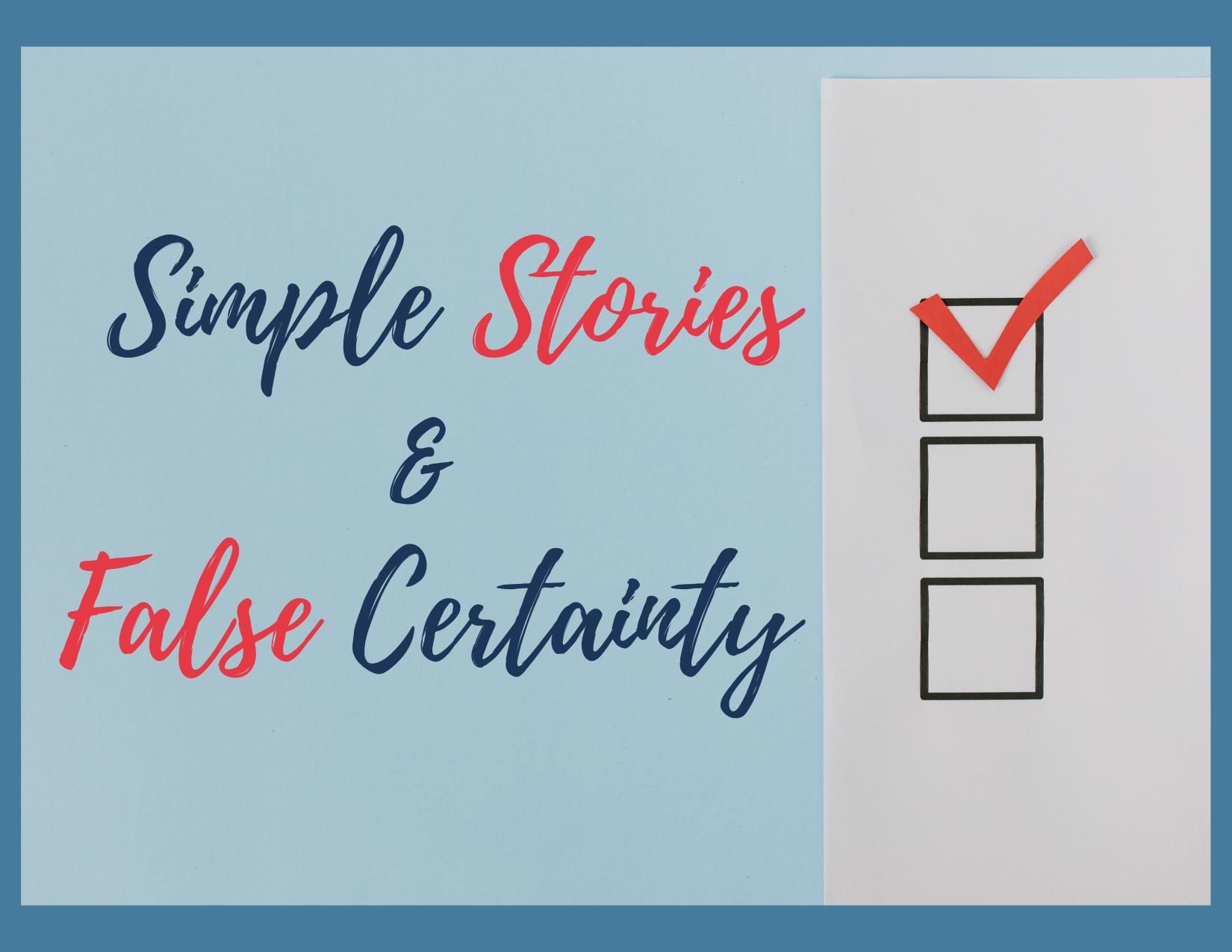Yes, that is a Pink Floyd reference; I could not resist the 80’s. People tend to use the phrase “dark side of the moon” to mean something unknown or mysterious. That is how elusive time can be, at least in my experience. Have you heard the saying, “Work expands so as to fill the time available for completion?” This proverb is known as Parkinson’s Law. A question that I am frequently asked by leaders and emerging leaders is, what tips can you give me to help me better manage my time?
Ask yourself, am I procrastinating? How do you define procrastination? It is pushing things off until the last minute, intentionally or unintentionally. Our emotions are related to how we procrastinate, and some might argue that if we just learned how to control our emotions, we would not have to worry about managing time.
There are three types of procrastinators, active procrastinators, passive procrastinators, and arousal procrastinators. Active procrastinators consciously postpone doing what needs to be done and sometimes choose to do the less important tasks first to get them out of the way for the larger tasks. Passive procrastinators are indecisive and intentionally delay tasks. Finally, arousal procrastination is pleasure-seeking for its thrill, the adrenaline rush of doing things at the last minute. Which one are you?
Prioritization, focus, and systems.
Prioritization is something that almost everyone struggles with in life. There are always so many things to do and little time, and everything seems equally important. It is hard to check everything off on the things-to-do list when you feel everything has equal weight. Focus and systems are the keys to prioritization. The first step is to think about what matters and what is in your control. My Venn diagram is always my first step. There are two circles of equal size sitting side by side that slightly intersect. In one circle are things that matter; in the other circle are things that you can control, and where these two circles intersect is where you should focus most of your energy. Ask yourself: What matters, and what can I control? Then to prioritize the level of importance for each element determine: What is urgent, what is important, and what is trivial? Your time and energy are valuable resources, and you need to harness the power of both.
In his book Atomic Habits, James Clear states, “You do not rise to the level of your goals. You fall to the level of your systems.” So what are your systems for managing your time? There are many different ways to get organized. The first thing is having to way to track your “things to do.” With the advent of technology, this does not have to be a traditional handwritten “to do” list. Someone recently reminded me that apps can be used and integrated with other workflows to manage how you use your time. The one that currently seems most popular is todoist. You can also use your calendar at work, on your phone, or computer to block out time for the things you need to do. Many calendars have task lists. There is also a “notes” feature on phones where you can create a list.
Your energy map – thinking time, doing time, and downtime.
These three categories are my construct. It is essential to know what times of the day are best for the types of activities you need to engage in and the type of work you need to accomplish. For example, what time of day are you most creative and strategic in your thinking? That is the time you should designate for high-value activities like preparing for a meeting, working on a presentation, drafting a speech, working on your budget, or participating in a meeting to discuss strategic planning. What time of the day is your middle-of-the-road time, where you are not one hundred percent but still have energy in your gas tank? This is the time you can use for standard meetings that don’t require a heavy lift, making calls to follow up or set appointments, or catching up on your professional reading. What time of the day are you getting close to a quarter tank of energy? This is when you can catch up on your non-urgent emails, check in with colleagues in the office, or get yourself organized for the next day or week. When you reach the time of the day when you do not have any more gas in your tank, it is time to take a break or stop working. A goal throughout the day is to take periodic breaks so that your energy is not quickly depleted; this is something you can schedule on your calendar.
Emails and Zoom.
Most of us are inundated with emails daily. Research shows that the average worker receives approximately one hundred and twenty-one emails a day, 19% of emails are opened immediately upon receipt, and ninety minutes of the workday is lost from email disruptions. This requires a strategy for tackling email in a way that is responsive but does not eat up your time. I set aside the first thirty minutes of my day (usually before work), scanning emails deleting the junk mail, and only opening and responding to urgent matters. Then I take a break mid-day to do the same thing for fifteen minutes, and at the end of the day, I am more intentional and set aside time to tackle the remainder of my email box. Depending on your energy map, you may choose different times of the day.
Zoom has become an office staple since the pandemic, and there is no indication that it will not be part of our work lives moving forward. However, Zoom in a remote world is much different than Zoom in a hybrid setting or Zoom in the office. If you find yourself in back-to-back meetings, you need to evaluate the meetings you have control over and determine if they are absolutely necessary. You should also decide if the standard sixty-minute meeting should be a forty-five-minute meeting or a thirty-minute one. Try to schedule breaks between your meetings for walking to an in-person meeting, taking a break, or setting aside focus time.
Your calendar management system and meetings.
The way you manage your time on your calendar can be a recipe for success or failure. A calendar without time for breaks and thinking or focus time is not viable for long-term success. A calendar audit is a good time management health check. First, look at your calendar to see what types of meetings take up the bulk of your time, arrange all your meetings into categories, and review their frequency. For example, internal versus external meetings, meeting with direct reports, committee meetings, and weekly versus monthly meetings. Then identify those meetings you are leading versus attending. Is there anything that you can delegate to someone else? Are these meetings that you absolutely must attend? Should the length of your meetings be reduced? In terms of meeting duration, I have four types of time blocks: fifteen-minute, thirty-minute, forty-five-minute, and sixty minutes. I also color-code meetings on my calendar to know which ones are important to hold firm if a conflict arises. I also block protected time for projects and planning and keep that time sacred.
Organizational culture.
Organizational culture can play a significant role in managing our time, so there might be reasons why you cannot employ some of the suggestions that have been made. For example, in some cultures, everything is urgent or comes at the last minute, which means you operate in a reactive mode, and your plans get thwarted. On the other hand, there might be expectations around accessibility and responsiveness in another culture that impact your time management, such as having meeting-free days. Every organization is different and being aware of your culture will help you understand where you can best effect changes in your time management strategy.
Remember, not everything is urgent. The goal is to do some of this well most of the time and form better habits. Progress, not perfection!
Artist: Pink Floyd
Song: Time
Album: Dark Side of the Moon







